TRAVEL
12 Most Dangerous Bridges In The World
Published
1 year agoon

Shutterstock
Throughout human history, bridges have been monumental feats of civil engineering, exemplifying extraordinary endeavors to ensure their safety against the unyielding trials of traffic and natural forces. Yet, not all bridges claim the title of modern wonders.
Dotted around the world, there are bridges that rise in seemingly improbable places, providing crossings that could make even those with a fear of heights pause in awe. From the expansive reach of contemporary suspension bridges to the rustic allure of ancient wooden and rope constructions, these structures rank among the world’s most dangerous bridges, posing significant challenges to both vehicles and pedestrians alike.
Austrian Road Bridges – Kazakhstan

Shutterstock
Constructed in 1915 amidst World War I by Austrian prisoners of war, the Austrian Road is located in the eastern part of the Altai Mountains in Kazakhstan. This route features a total of 16 wooden bridges spanning the Kara-Koba River. Over time, these structures have deteriorated, increasingly becoming hazardous, with some already having collapsed.
Hangzhou Bay Bridge – China

Shutterstock
Spanning Hangzhou Bay, the Hangzhou Bay Bridge holds the title of the longest ocean-crossing bridge globally. It curves in an “S” shape over the water, linking the northern cities of Zhenjiadai, Haiyan, and Jiaxing City with the southern cities of Shuiluwan, Cixi, and Ningbo City in Zhenjiang Province. The bridge extends for 23 miles and includes a 476-foot tower, offering an opportunity for sightseeing.
Wabash Cannonball Bridge – USA

Shutterstock
The Wabash Cannonball Bridge, a single-lane bridge with a wooden deck, straddles the border between Illinois and Indiana. Built by the renowned King Bridge Company shortly before the dawn of the 20th century, it carries tales of being cursed. However, for motorists, the pressing issues are the weight of their vehicle and the state of the bridge over the Wabash River.
Khurgan and Khoton Lakes Bridge – Mongolia

Shutterstock
In the northern region of Pakistan in a place called Gilgit-Baltistan, the Danyore Suspension Bridge is just over 500 feet long and goes straight into a 10 meter tall tunnel. Nicknamed “the bridge between heaven and hell” by the locals, it connects Gilgit to Danyure by crossing over the Hunza River. Drivers have said it’s the ultimate test of skill, and stopping often leads to being stuck.
Danyor Suspension Bridge – Pakistan

Shutterstock
Located in Gilgit-Baltistan, a northern area of Pakistan, the Danyore Suspension Bridge stretches just beyond 500 feet and leads directly into a tunnel that is 10 meters high. Known colloquially as “the bridge between heaven and hell,” it serves as a link between Gilgit and Danyure by spanning the Hunza River. Motorists regard crossing this bridge as the ultimate challenge of their driving abilities, with stopping frequently resulting in becoming immobilized.
Kawazu-Nanadaru Loop Bridge – Japan

Shutterstock
The Loop Bridge, linking Kawazu and Nanadaru, stands out as one of the world’s most unusual bridges. Its distinctiveness lies in bridging two disparate mountainsides, necessitating a 148-foot spiral to facilitate the ascent and descent of vehicles. Nestled between mountains, it remains largely concealed until one approaches from the south of Tokyo. This structure is a testament to innovative engineering.
U Bein Bridge – Myanmar
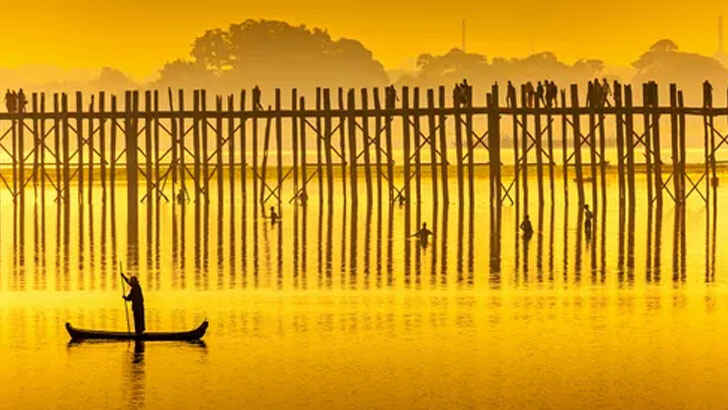
Shutterstock
Constructed in the 1850s, the U Bein Bridge spans almost three-quarters of a mile over Taungthaman Lake in Myanmar. Its teak planks, used for walking, are deteriorating, and the absence of guardrails contributes to its wear, especially with the high pedestrian traffic. In response to an increase in crime and to safeguard visitors, a police presence has been instituted to patrol the bridge.
Cloud Bridge at Daedunsan Mountain – South Korea
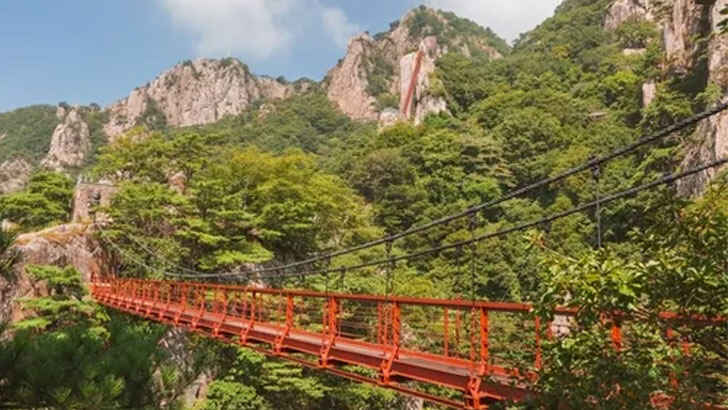
Shutterstock
Located in South Jeolla province within Wolchulsan National Park, South Korea’s smallest national park, the Cloud Bridge on Daedunsan Mountain attracts numerous visitors. However, it’s often the stairs leading to the bridge that captivate most people’s interest, despite the bridge’s own popularity.
Zhangjiajie Glass Bridge – China
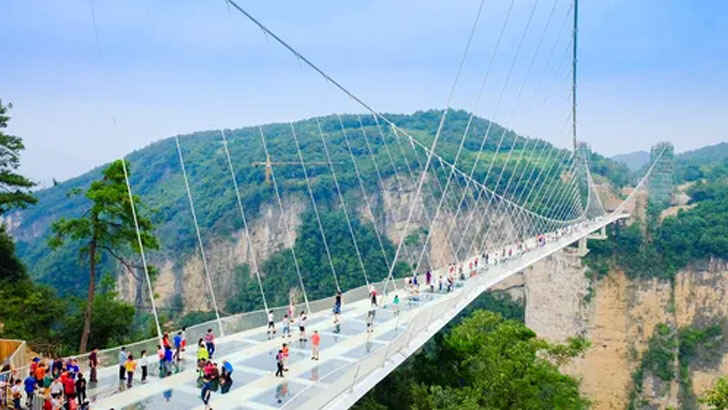
Shutterstock
The Zhangjiajie Glass Bridge, a transparent glass-paneled pedestrian bridge, hovers above the Wulingyuan region of Zhangjiajie in Hunan, China. Launched for visitors in 2016, it faced a temporary closure by officials just a few weeks later. Originally engineered to hold 800 individuals simultaneously, the bridge saw an overwhelming influx of 80,000 daily visitors, far surpassing the anticipated 8,000. This surge led to a temporary shutdown to allow for upgrades on both ends of the bridge to accommodate the higher volume of foot traffic.
Trift Bridge, Switzerland
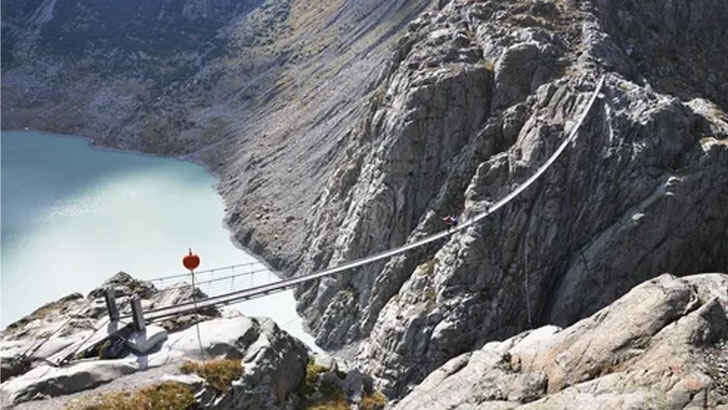
Shutterstock
Situated near Gadmen in Switzerland, the Trift Bridge soars 328 feet above glaciers. Built in 2004, the initial structure lacked stabilizing cables, causing it to swing dramatically from side to side. This problem was rectified in 2009, yet one can easily envision the daunting experience of crossing the original, unstable bridge.
Tianmen Skywalk – China
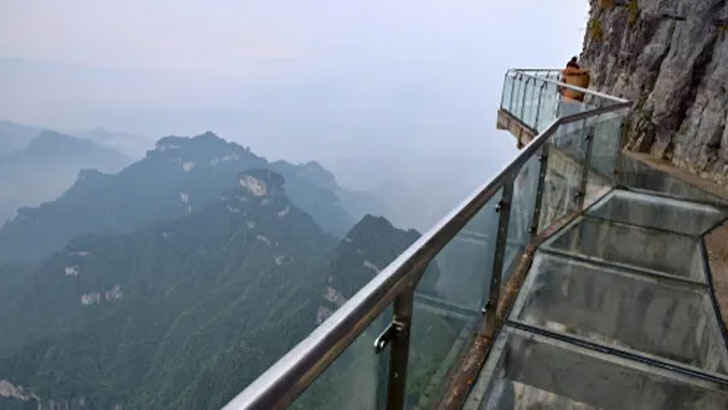
Shutterstock
The Tianmen Skywalk, a transparent bridge, encircles Tianmen Mountain, known as “Heavenly Gate,” for a span of just 200 feet. Perched 4,700 feet above the ground, this narrow path is only three feet in width and 2 1/2 inches in thickness, presenting a formidable challenge to those who dare to cross it.
Keshwa Chaca Bridge – Peru
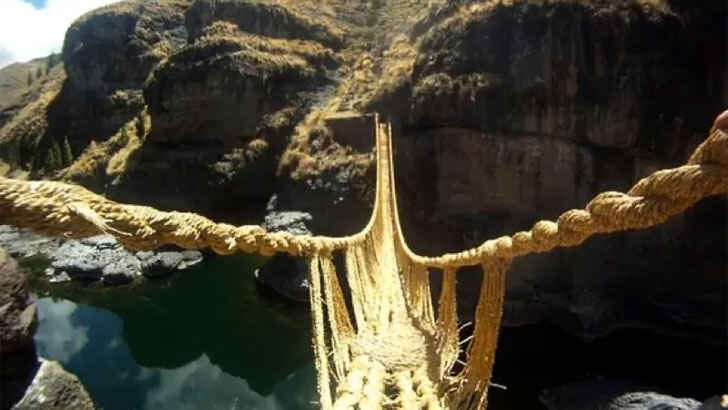
Shutterstock
The Keshwa Chaca Bridge in Peru stands as a testament to the ingenious engineering of the Incan era. Constructed over 500 years ago entirely from grass, it highlights an exceptional use of natural materials. Women intricately braided slender ropes, which men then crafted into robust “support cables,” demonstrating the remarkable skill and creativity of the Incan civilization. Presently, the bridge is among the few surviving examples of Incan engineering marvels.
Conclusion
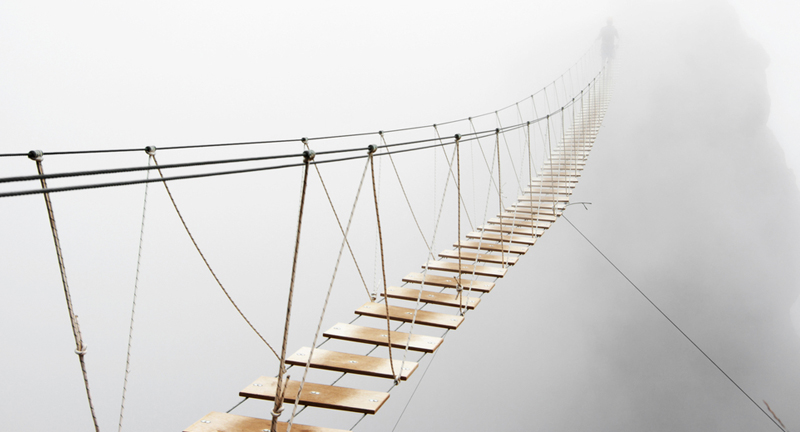
Wikipedia
The world’s most dangerous bridges, spanning from the dizzying heights of the French Alps to the precarious footpaths of northern Pakistan, serve as a testament to human ingenuity and our quest to connect and conquer the natural world. These architectural marvels, while offering breathtaking views and thrilling experiences, also remind us of the fragility of human endeavor against the forces of nature. Each bridge, with its own story of construction, challenges, and sometimes tragic history, not only facilitates physical crossings but also symbolizes the human spirit’s resilience and adventurousness. As much as they are feats of engineering, these bridges also stand as reminders of the respect we must accord to the environments they span and the caution we must exercise when navigating them.
More From Bon Voyaged
-


United Offering Rapid COVID-19 Testing for Hawaii Bound Passengers
-
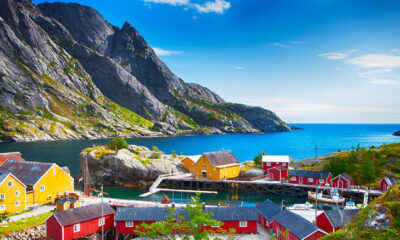

The Top Ten Sustainable and Responsible Global Destinations For 2022
-


Kylie Jenner & Pals Stay in $50 Million Airbnb Vacation…
-


Best and Worst Airlines Announced
-


Disney Cruise Line is Celebrating its 25th Anniversary!
-


Why Chicago is the Ultimate Travel Spot
-


Tracee Ellis Ross Reveals How Her Famous Mom Influenced the…
-


Ariel’s Grotto Finally Reopens at Magic Kingdom
-


Air Travel Tips From a Frequent Flier
-


Airline launches fast-track training program to close US pilot shortage…
-


The Surprising Food Item Kate Beckinsale Always Travels With
-
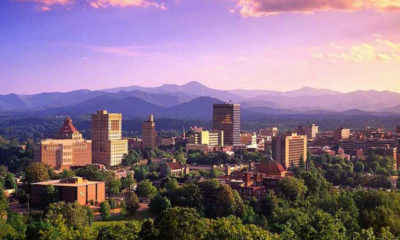
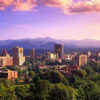
Airbnb Reveals the Most Hospitable City to Visit in the…

